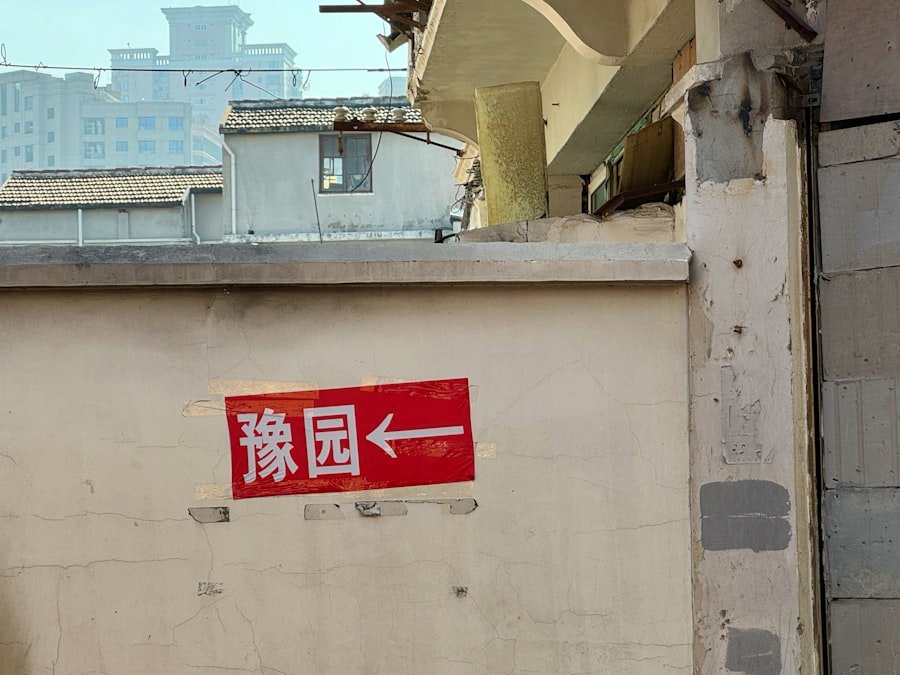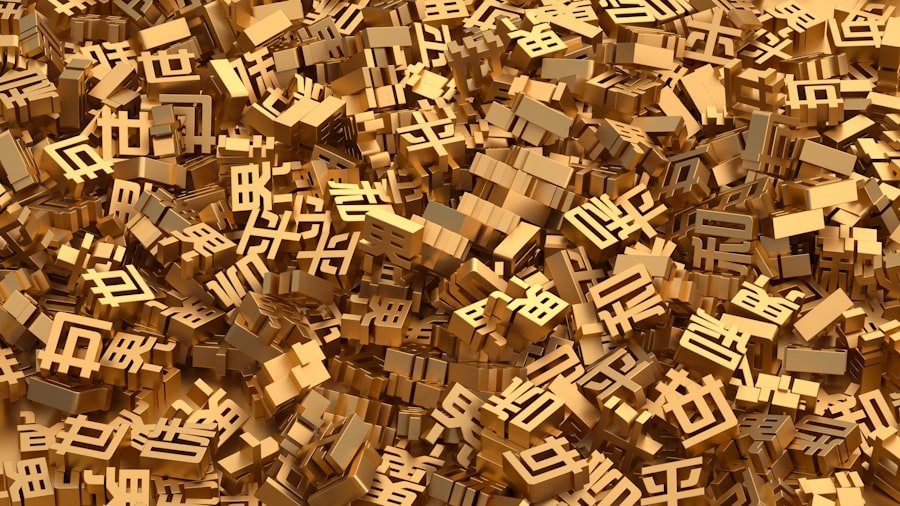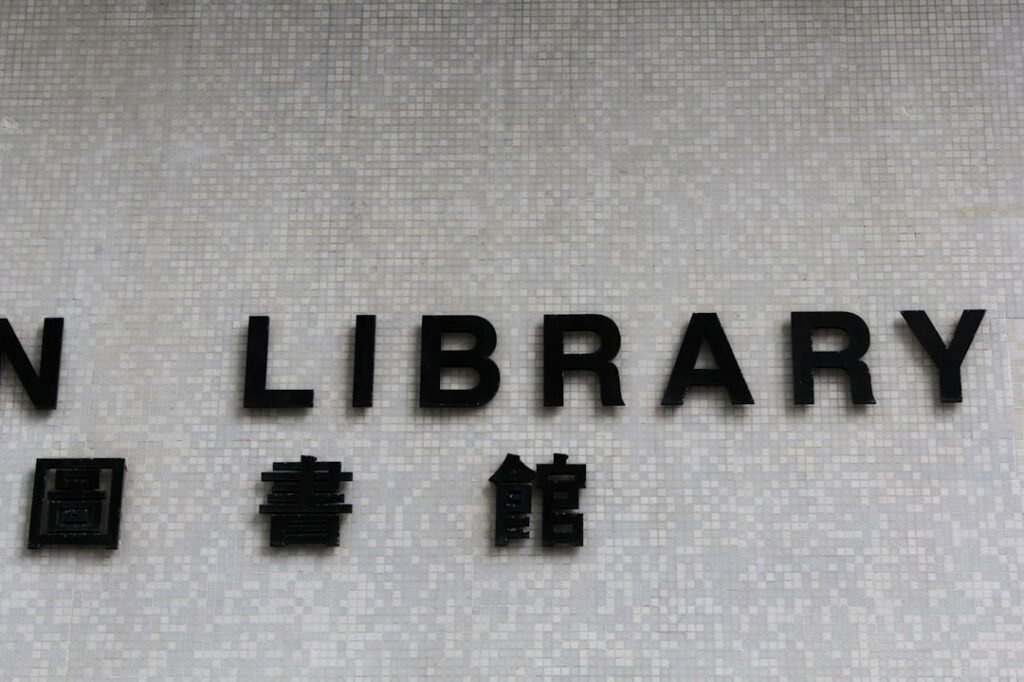Chinese ink tonality is a profound and intricate aspect of traditional Chinese art, particularly in painting and calligraphy. It refers to the subtle variations in the shades and hues of ink that can be achieved through different techniques and materials. This tonal quality is not merely a technical consideration; it embodies the spirit and philosophy of Chinese aesthetics, where the interplay of light and shadow, depth and flatness, creates a dynamic visual experience.
The mastery of ink tonality is essential for artists and calligraphers alike, as it allows them to convey emotions, moods, and narratives through their work. The significance of ink tonality extends beyond mere aesthetics; it is deeply rooted in the cultural and historical context of China. The ability to manipulate ink to create a range of tonal effects reflects the artist’s skill and understanding of the medium.
In this article, we will delve into the various aspects of Chinese ink tonality, exploring its colours, symbolism, techniques, historical significance, and its influence on both traditional and contemporary art forms. We will also highlight the importance of mastering these tonalities in the practice of calligraphy, particularly in courses offered at institutions like the LC Chinese School in Oslo. Master the art of Chinese calligraphy. Enroll now at the LC Chinese School in Oslo.
Table of Contents
ToggleSummary
- Chinese ink tonality is a key element in traditional Chinese art, with a rich history and cultural significance.
- The “Five Colors” of Chinese ink represent the five elements of nature and hold symbolic meanings.
- Each color in Chinese ink tonality carries its own symbolism and meaning, adding depth and complexity to artworks.
- Various techniques, such as dilution and brushwork, are used to achieve different tonalities in Chinese ink painting.
- Chinese ink tonality has had a profound influence on art, culture, and calligraphy, both in traditional and contemporary contexts.
Understanding the “Five Colors” of Chinese Ink
In traditional Chinese painting and calligraphy, the concept of the “Five Colors” is fundamental to understanding ink tonality. These colours—black, red, blue, yellow, and white—each carry their own significance and are used to create a rich tapestry of visual expression. Black ink, derived from soot or charcoal, is the most prominent and versatile colour in Chinese art.
It serves as the foundation for most works, allowing for a range of tonal variations from deep, rich blacks to soft greys. Red ink is often associated with good fortune and happiness, frequently used in celebratory contexts such as New Year decorations or wedding invitations. Blue and yellow inks are less common but are employed to evoke specific moods or themes within a piece.
White ink, while seemingly absent in many works, plays a crucial role in creating negative space and balance within compositions. Understanding these five colours and their tonal possibilities is essential for any artist seeking to master the art of Chinese ink.
The Symbolism and Meaning Behind Each Color

Each of the five colours in Chinese ink carries profound symbolism that transcends mere aesthetics. Black, as the primary colour, represents authority, elegance, and depth. It is often seen as a symbol of wisdom and is used extensively in calligraphy to convey strength and clarity.
The varying shades of black can evoke different emotions; a bold stroke may suggest confidence, while a softer line can imply gentleness or introspection. Red, on the other hand, embodies joy and prosperity. It is often used in auspicious contexts to attract good luck and ward off evil spirits.
In contrast, blue is associated with tranquillity and calmness, often evoking feelings of peace and serenity. Yellow represents warmth and vitality, while white signifies purity and simplicity. The interplay of these colours within a piece not only enhances its visual appeal but also imbues it with deeper meaning, allowing viewers to engage with the artwork on multiple levels.
Techniques for Achieving Different Tonalities
Achieving different tonalities in Chinese ink requires a mastery of various techniques that have been refined over centuries. One fundamental method involves adjusting the amount of water mixed with ink to create lighter or darker shades. This technique allows artists to produce a spectrum of greys that can add depth and dimension to their work.
Additionally, varying the pressure applied during brush strokes can also influence tonal quality; a gentle touch may yield softer lines, while a firmer grip can produce bold, striking marks. Another technique involves layering ink applications. Artists may apply multiple washes of ink to build up tonal richness gradually.
This method not only enhances the visual complexity of a piece but also allows for greater emotional expression. Furthermore, the choice of brush plays a significant role in achieving tonal variation; different brushes can produce distinct textures and effects that contribute to the overall tonality of the artwork.
The Historical Significance of Chinese Ink Tonality
The historical significance of Chinese ink tonality cannot be overstated. It has been an integral part of Chinese artistic tradition for thousands of years, influencing not only painting and calligraphy but also poetry and philosophy. The development of ink tonality parallels the evolution of Chinese aesthetics, reflecting broader cultural shifts and artistic movements throughout history.
During the Tang Dynasty (618-907 AD), for instance, artists began to explore more expressive uses of ink tonality, leading to innovations in landscape painting that emphasised atmospheric effects. This period marked a shift towards greater emotional depth in art, with artists using tonal variations to convey mood and narrative more effectively. As we move through history into the Song Dynasty (960-1279 AD), we see further refinement in techniques that allowed for even greater subtleties in ink tonality, paving the way for future generations of artists.
The Influence of Chinese Ink Tonality on Art and Culture

Chinese ink tonality has had a profound influence on both art and culture within China and beyond. Its principles have permeated various artistic disciplines, inspiring countless artists across different mediums. The emphasis on tonal variation has encouraged a deeper exploration of emotional expression within art, leading to works that resonate with viewers on a personal level.
Moreover, the cultural significance of ink tonality extends into everyday life in China. The appreciation for subtlety and nuance in art reflects broader societal values that prioritise harmony and balance. This cultural ethos is evident not only in visual arts but also in literature, music, and philosophy.
The ability to convey complex emotions through simple means is a hallmark of Chinese culture that continues to inspire contemporary artists around the world.
Exploring the Use of Chinese Ink Tonality in Traditional Chinese Painting
In traditional Chinese painting, ink tonality plays a pivotal role in creating depth and atmosphere within landscapes and figure paintings. Artists employ various techniques to manipulate ink tones, allowing them to depict everything from misty mountains to serene waterscapes with remarkable realism. The use of gradation in ink tones can evoke a sense of distance or proximity, guiding the viewer’s eye through the composition.
One notable example is the use of “shui-mo” or “water-ink” techniques that blend water with ink to create soft transitions between tones. This method allows artists to capture the ephemeral qualities of nature—such as fog rolling over hills or reflections shimmering on water—imbuing their works with a sense of movement and life. The mastery of these techniques is essential for any artist wishing to excel in traditional Chinese painting.
Modern Applications of Chinese Ink Tonality in Contemporary Art
While rooted in tradition, Chinese ink tonality has found new expressions in contemporary art practices. Modern artists are increasingly experimenting with traditional techniques while incorporating innovative materials and concepts. This fusion has led to exciting developments that challenge conventional boundaries between Eastern and Western art forms.
Contemporary artists often explore themes such as identity, culture, and social commentary through the lens of ink tonality. By reinterpreting traditional methods within modern contexts, they create works that resonate with contemporary audiences while paying homage to their cultural heritage. This evolution demonstrates the enduring relevance of ink tonality as an artistic language that continues to adapt and thrive in today’s diverse artistic landscape.
The Role of Chinese Ink Tonality in Calligraphy
In calligraphy, ink tonality is paramount as it directly influences the aesthetic quality of each character written. The fluidity and expressiveness of brush strokes are enhanced by variations in tonal quality, allowing calligraphers to convey emotion and intention through their writing. Each stroke’s thickness or thinness can evoke different feelings; for instance, a bold stroke may signify strength or authority, while a delicate line may suggest grace or fragility.
Moreover, calligraphy is often viewed as a form of visual poetry where each character embodies both meaning and beauty. The interplay between ink tonality and character formation creates a dynamic relationship that elevates calligraphy beyond mere writing into an art form that captures the essence of language itself.
The Importance of Mastery in Chinese Ink Tonality
Mastering Chinese ink tonality is essential for anyone wishing to excel in traditional arts such as painting or calligraphy. This mastery requires years of practice and dedication as artists learn to manipulate their tools—brushes, ink stones, and paper—to achieve desired effects. Understanding how different materials interact with one another is crucial; for instance, certain papers absorb ink differently than others, affecting tonal outcomes.
Institutions like LC Chinese School in Oslo offer specialised courses focused on teaching these intricate techniques related to ink tonality. Students are guided by experienced instructors who impart not only technical skills but also an appreciation for the cultural significance behind each stroke they make. Such training fosters a deep connection between students and their artistic heritage while equipping them with tools necessary for personal expression.
The Timeless Beauty of Chinese Ink Tonality
In conclusion, Chinese ink tonality represents a timeless beauty that transcends generations and cultural boundaries. Its rich history is interwoven with profound symbolism and emotional depth that continues to inspire artists today. From traditional practices rooted in centuries-old techniques to contemporary explorations pushing artistic boundaries, ink tonality remains an essential aspect of Chinese art.
As we reflect on its significance within both painting and calligraphy—especially through courses offered at institutions like LC Chinese School in Oslo—we recognise that mastering this art form is not merely about technical skill but also about connecting with a rich cultural legacy that celebrates creativity and expression. The beauty found within each stroke serves as a reminder of the enduring power of art to communicate across time and space—a testament to the timeless allure of Chinese ink tonality.
Master the art of Chinese calligraphy. Enroll now at the LC Chinese School in Oslo.







